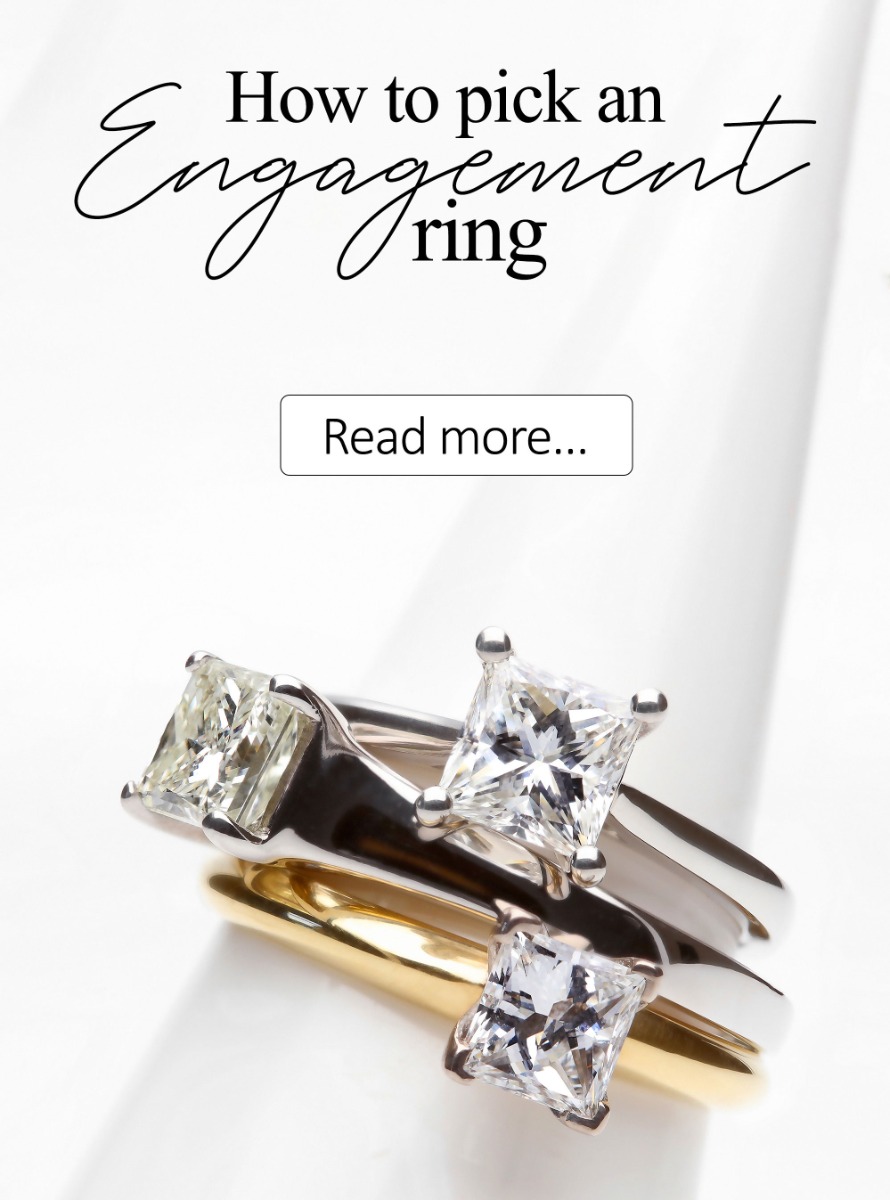Diving watches were originally created as a tool for diving but now, investing in a diving watch isn't just for those who like to participate in the activity, they are high-performing timepieces that are perfect for everyday use and are now worn as a fashion statement.
The purpose of a diving watch is so that you can track how long you have been under water for and more importantly to see how much air you have left in your tank. Dive watches have been around since the 20th century and they continue to be worn as part of the wearer's everyday wardrobe today. 
In 1926, watches began to be made specifically for divers. Coincidentally, it was also the year that Rolex founder Hans Wilsdorf introduced the Oyster case which has a screwed crown, caseback and securely sealed crystal. It was the world's first water-resistant case. A year after this, Mercedes Gleitze, who wanted to become the first British woman to swim the English Channel, wore a Rolex Oyster on one of her attempts. She didn't quite make it all the way but the Rolex she was wearing continued to keep ticking.
When it comes to water resistance, most watches are usually marked for 50m of water resistance which means that it will survive washing your hands and possibly a shower. When it comes to dive watches 200m of water resistance is common ground. However, they can go up to a higher amount like 1000m water resistance. So, if you are looking for a watch for diving, make sure you purchase one with a good level of water resistance. 
The quality of a dive watch is highly important as divers entrust them with their lives. A good diving watch should be reliable and durable. They need to have a well-built case, a strong crystal (with mineral and sapphire being the best) and a good strap or bracelet. If maintained, a good dive watch can last for a long period of time.
When it comes to movement, automatic movements are the most popular in the diving market as they don't require a battery. Automatic watches "wind" from the motion of your arm so they'll keep ticking if it's on your wrist. 
When underwater, it is crucial to know how long you have been diving for. The bezel will tell you exactly that. The "12 o'clock" dot on the bezel can be rotated so it can match it with the minute hand so the wearer can track the time. When the minute hand moves, you can see how many minutes have passed by reading the bezel number instead of the watch face. More luxury watches feature bezels that only rotate counterclockwise to avoid potentially overestimating how much time is left.
Feel free to go and explore our range of pre-owned luxury diving watches so that you are ready for your next adventure, whether that is in the ocean or just a regular day at the office.












